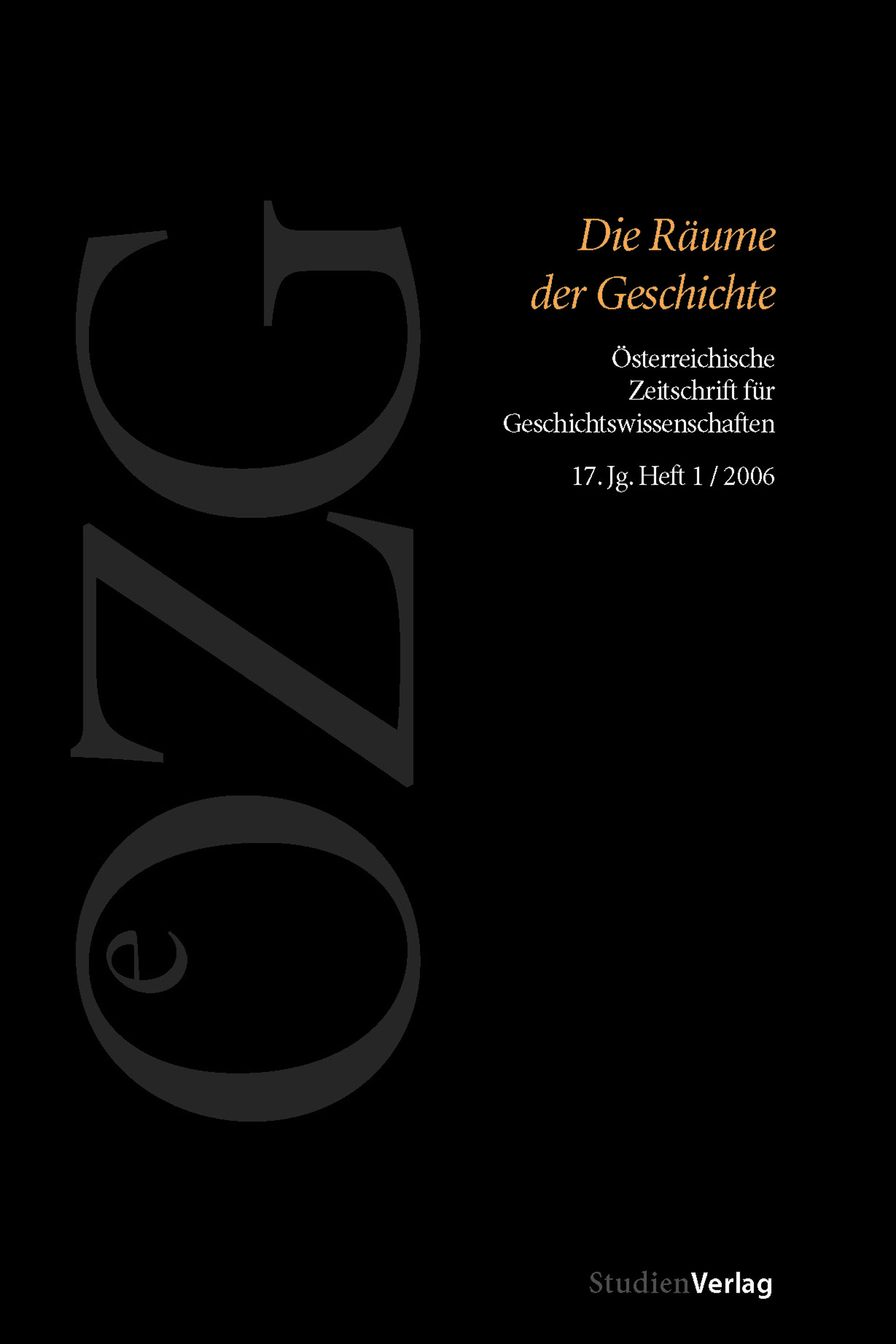Definieren, Identifizieren, Zählen. Antisemitische Praktiken in Österreich vor 1938
DOI:
https://doi.org/10.25365/oezg-2006-17-1-5Abstract
This essay looks at the forms of antisemitism prevalent in Austria’s interwar period. It is common practice in research on various forms of antisemitism to refer to Jews (the Jewish, Jewry and Jewish identity) in a generalising manner. The ways in which various antisemitisms form their subject of hatred are based on definitions, on identification (the knowledge who is a Jew or who is not), and on counting (the number of Jews living in the country). The practice of defining, identifying and counting Jews was connected to several anti-Semitic projects such as the creation of a Judenkataster (a public register for Jews), the 1923 state census (the failed effort to count the ethnic origin and race of jews), Minister Wabers option practice, and last but not least the regulations for university admission (Studentenordnung) composed by rector Wenzel von Gleispach. These anti-Semitic practices were an important basis for the range of antisemitism which manifested itself amongst Austria’s non-Jewish scholars, writers and politicians. These practices were made possible due to manifold stereotypes and monocausal accusations, which often provided false yet convenient answers to the question of who was responsible for the collapse of the Habsburg Empire.


